Search
Did you mean: Pankration?
Remove Ads
Advertisement
Summary 
Loading AI-generated summary based on World History Encyclopedia articles ...
Search Results
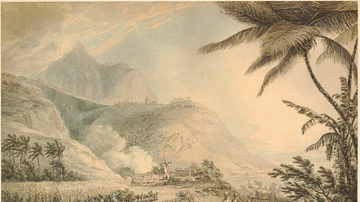
Article
Life on a Colonial Sugar Plantation
Raising sugar cane could be a very profitable business, but producing refined sugar was a highly labour-intensive process. For this reason, European colonial settlers in Africa and the Americas used slaves on their plantations, almost all...
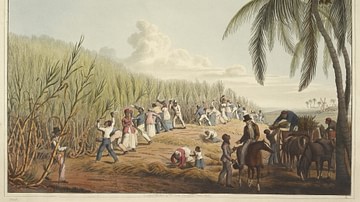
Article
Slavery in Plantation Agriculture
The first plantations in the Americas of sugar cane, cocoa, tobacco, and cotton were maintained and harvested by African slaves controlled by European masters. When African slavery was largely abolished in the mid-1800s, the center of plantation...
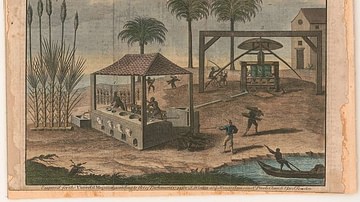
Article
Sugar & the Rise of the Plantation System
From a humble beginning as a sweet treat grown in gardens, sugar cane cultivation became an economic powerhouse, and the growing demand for sugar stimulated the colonization of the New World by European powers, brought slavery to the forefront...
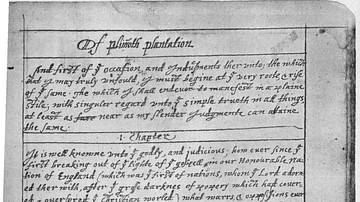
Article
Of Plymouth Plantation: Brief Summary & History
Of Plymouth Plantation (also known as History of the Plymouth Plantation and William Bradford's Journal, written 1630-1651 CE) is the first-hand account of William Bradford (l. 1590-1657 CE), second governor of the Plymouth Colony (1620-1691...
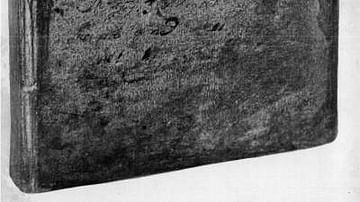
Article
Excerpts from Bradford's Of Plymouth Plantation
William Bradford's Of Plymouth Plantation is the first-hand account of the voyage of the ship Mayflower, founding of Plymouth Colony in modern-day Massachusetts, and the further colonization of the region of the United States now known as...
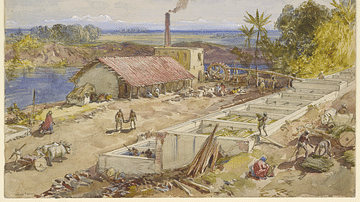
Definition
Indigo Revolt
The Indigo Revolt (aka Indigo Riots or Blue Mutiny) of 1859-60 in Bengal, India, involved indigo growers going on strike in protest at working conditions and pay. The subsequent violence was aimed at exploitative European plantation owners...

Image
Page of Bradford's 'Of Plymouth Plantation
Page from William Bradford's manuscript 'Of Plymouth Plantation' Illustration from page 102 of "Bradford's History of 'Plimoth Plantation' From the Original Manuscript. With a Report of the Proceedings Incident to the Return of the Manuscript...

Image
Slaves on an Antiguan Sugar Plantation
A scene showing slaves working on an Antiguan sugar plantation. Created in 1779 by Thomas Hearne. On the left are slaves cutting the cane, in the centre is the windmill for processing the cane and on the right slaves transport the refined...
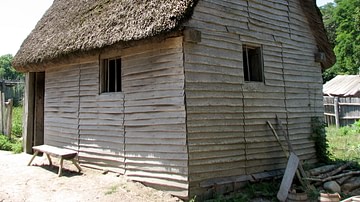
Image
Stephen Hopkins' House, Plimoth Plantation
Mayflower passenger Stephen Hopkins' (l. 1581-1644 CE) house at Plimoth Plantation, a reconstruction of Plymouth Colony.
Plymouth, MA.
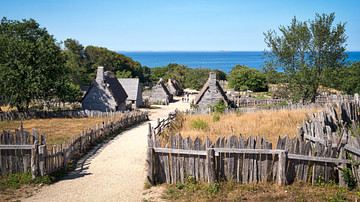
Image
Plimoth Plantation
Reconstruction of the Plymouth Colony (1620-1691 CE), Plimoth Plantation, Plymouth, MA.